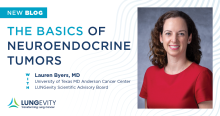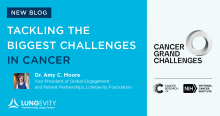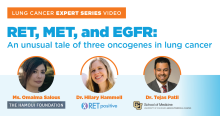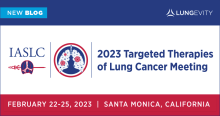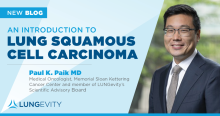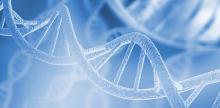EGFR+ Lung Cancer: Going Beyond Osimertinib
Learn about what's next once osimertinib stops working in EGFR+ lung cancer. EGFR Resisters co-founders Jill Feldman and Ivy Elkins, and 2021 EGFR Resisters/LUNGevity Foundation awardees Christine Lovly, MD, PhD, and Helena Yu, MD, share updates for the community. This video was recorded on Facebook Live on May 11, 2023.


